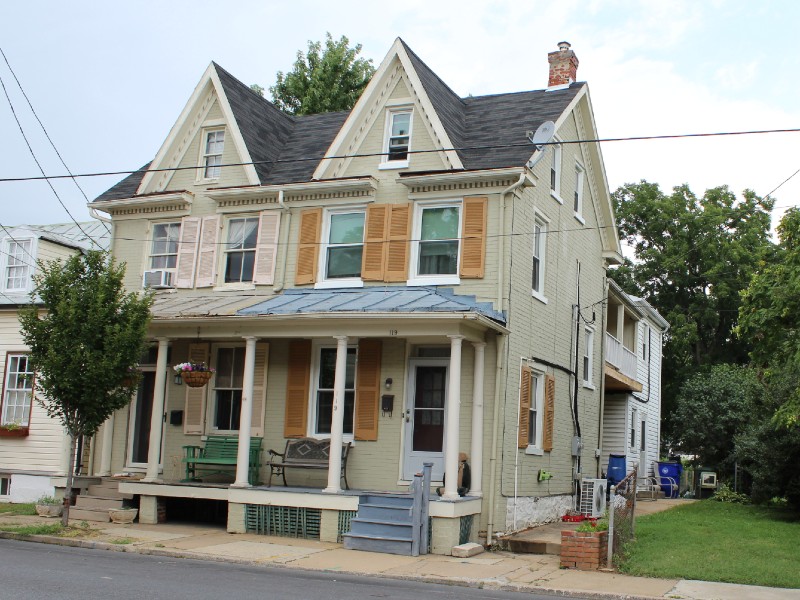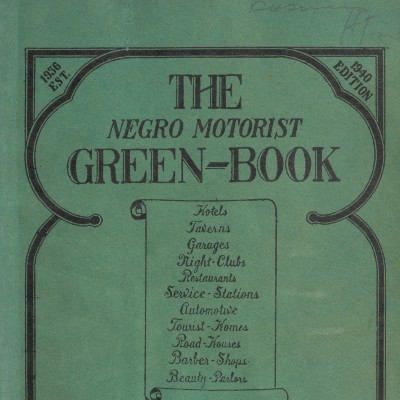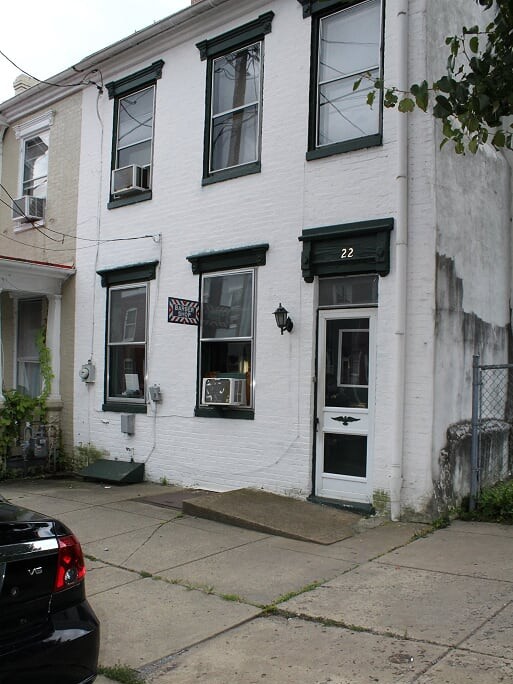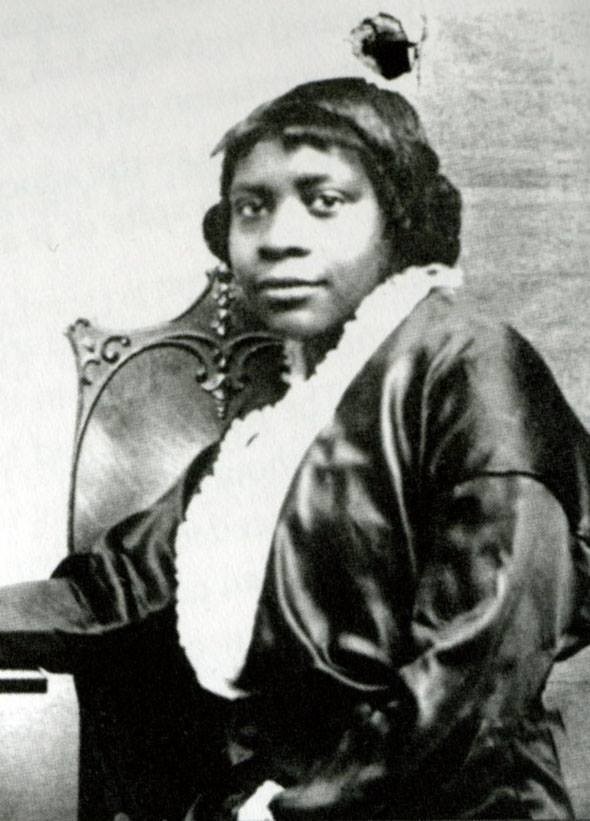The Green Book is a document of a racialized America that required segregated locations for African American travelers to find safe accommodations, including rooms in private homes, often called tourist homes. In this dispatch of The Green Book in Maryland blog series, we’ll learn about the Green Book sites in Frederick, Maryland.
In 1936, New York City mail carrier, Victor Hugo Green, created The Negro Motorist Green Book. The Green Book was created as a guide by and for African Americans to safely find everyday amenities like restaurants, stores, pharmacies, and motels in a time of intense segregation across America. In its foundational years, The Green Book provided a small number of locations in New York and over time it grew into a resource containing over 1000 locations in most of North America, including in 100 Green Book sites in 26 towns across Maryland.
WHAT’S A TOURIST HOME?
In a previous essay from the series, we profiled Mrs. Etta Watson and her “tourist home” in Baltimore City. A tourist home was typically a private home that the owner opened up to tourists needing a place to stay usually in exchange for financial compensation. However, there were other instances were a tourist home was a boarding home that provided room and maybe a meal or two for paying guests. One could draw a parallel between the concept of the historic tourist home to bed-and-breakfasts and to our contemporary equivalent of renting an Airbnb.
The main reason tourist homes became a prominent fixture in the Green Book was because many standard hotels and motels refused to provide lodging to black people.
Segregation in the Jim Crow-era made it very difficult for Black people to exist in public spaces, let alone travel the country. This led to several Black homeowners to open up their homes and makes space for black travelers, who otherwise wouldn’t have a place to stay. Around the same time that Etta Watson opened her home in Baltimore City to travelers, three women in the small, more rural, City of Frederick, Maryland in Western Maryland.
Frederick was one of only three Maryland towns listed in the Green Book between the years 1938 and 1964.
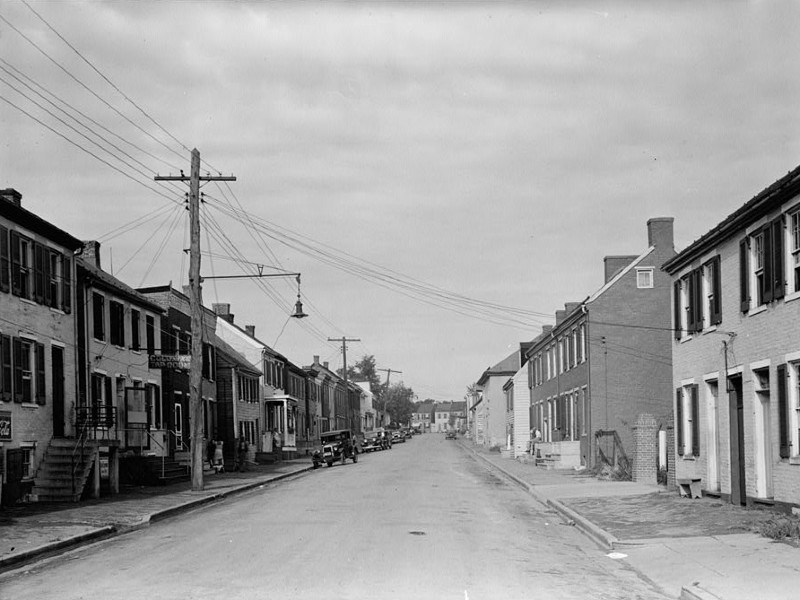
View of All Saints Street in Frederick, MD, 1930s. Image from the Library of Congress.
The Black community in Frederick was primarily located in two neighborhoods. One neighborhood was called “Uptown” which was understood as anything in between North St. and 5th Street. The other neighborhood had been identified as “Downtown” which was understood to be anything between South Street and All Saints Street, near the southern part of Carroll Creek. All Saints Street was the epicenter of Black businesses, like grocery stores, doctors, and restaurants, that the Black community in Frederick would often frequent.
Some of the first to be included in the Green Book were the tourist homes of Mrs. Esther Grinage, Mrs. Emma Makel, and Mrs. Ada Roberts. Esther Grinage was an educator and founder of the local African American kindergarten. Emma Makel had been a local widow, consequently with space in her home for tourists. Mrs. Ada Roberts was a Frederick-local and devoted wife of Mr. William Roberts.
These three women were quite active in providing for themselves, and the larger community. In fact, prior to their homes being opened as tourist homes to the public, they were already established as boarding houses for African American teachers, who were not being paid as much as their white counterparts. On average a Black teacher of the time made ½ of what a white teacher had made. In 1938, Thurgood Marshall brought suit for Anne Arundel County teachers being denied equal pay. By 1941, the Maryland legislature had passed a law mandating equal pay for all teachers.
THE TOURIST HOUSES
- Grinage tourist home and photography studio in Frederick, MD. Photo by Anne Bruder.
- Ester Grinage as photographed by her husband, William Grinage.
The Makel Tourist home was located “Uptown” at 119 East 5th Street. Meanwhile, the Grinage and Roberts Tourist Homes were located downtown, with Esther Grinage living at 22 West All Saints Street and Ada Roberts living at 316 West South Street. While some of the Green Book sites that have been included in this series are no longer existing, the Grinage, Makel, and Roberts Tourist Homes are still standing:
- The Makel home is a beautiful example of a Gothic Revival joined house with a decent sized porch, orange shutters, and an open balcony connecting the front and back of the building. The balcony was an early way of ventilating the building, allowing air to get in during the hot summer months but also allowing the harsh chill in during the winter months.
- The Roberts house is a 2-bay, 2-story tall building with a mansard roof and a staircase that appears to have been adapted specifically for Ada Roberts tenants.
- The Grinage home is a small-seemingly-plain-2-story-building painted white with black trim along the windows and door. Mr. Grinage used the home as his photography studio until his passing in 1925. The Grinage home has been repurposed as a barbershop, that according to the owner, has been in operation for 60 years.
MORE INFORMATION
“All Saints Street served as hub of Frederick’s black community”
Christina H. Martinkosky, The Frederick News-Post, 2018
“Frederick’s Green Book sites and African-American life”
Christina H. Martinkosky, The Frederick News-Post, 2018
“Why this house on West All Saints Street Matters”
Christina H. Martinkosky, The Frederick News-Post, 2019
EXPLORE GREEN BOOK SITES IN MARYLAND
- Introduction to Green Book sites in Maryland
- The CYMCA and the CYWCA in Baltimore City
- The Watson Tourist Home in Baltimore City
- The Harmon Hotel on Jonathan Street in Hagerstown
- The Blue Star Motel and The Blue Jay Hotel in Southern Maryland
- The Makel, Grinage, and Roberts Tourist Homes in Frederick
With assistance and upon the foundational research of Anne Bruder, this post was written by Anthony Plaag in his senior year of an undergraduate degree in Public History with a minor in Religion from Stevenson University. Anthony is interested in the intersections of History and Social Justice and believes history can be used as a tool for the liberation of marginalized and oppressed communities. Along with his writing about The Green Book in Maryland, he will also be assisted with Preservation Maryland’s LGBTQ history project. In his free time, Anthony likes to listen to the sweet stylings of Frank Sinatra, hanging out with friends, and discussing religion, philosophy, politics, and history.
Learn more about the Green Book in Maryland

